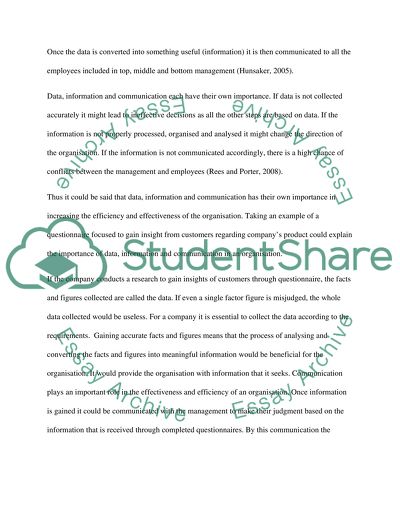Cite this document
(“Distinction between Data, Information and Communication Research Proposal - 1”, n.d.)
Distinction between Data, Information and Communication Research Proposal - 1. Retrieved from https://studentshare.org/journalism-communication/1463958-reflective-essay
Distinction between Data, Information and Communication Research Proposal - 1. Retrieved from https://studentshare.org/journalism-communication/1463958-reflective-essay
(Distinction Between Data, Information and Communication Research Proposal - 1)
Distinction Between Data, Information and Communication Research Proposal - 1. https://studentshare.org/journalism-communication/1463958-reflective-essay.
Distinction Between Data, Information and Communication Research Proposal - 1. https://studentshare.org/journalism-communication/1463958-reflective-essay.
“Distinction Between Data, Information and Communication Research Proposal - 1”, n.d. https://studentshare.org/journalism-communication/1463958-reflective-essay.


